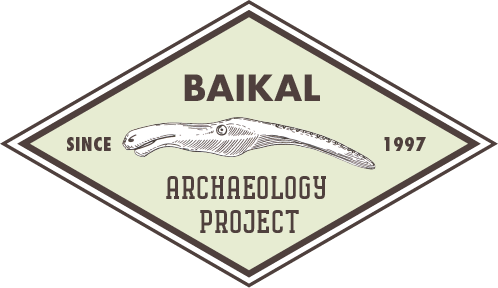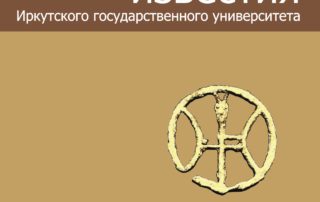1
Bulletin of the Irkutsk State University (Geoarchaeology, Ethnology, and Anthropology Series) 2023
Neolithic and Early Bronze Age of Cis-Baikal: Chronology and Dietary Trends [in Russian]
Weber AW, Bronk Ramsey C, Schulting RJ, Bazaliiskii VI, Goriunova OI
Analyses of radiocarbon dates (all corrected for the freshwater reservoir effect) and associated stable isotope values obtained from the skeletal remains of ~560 individuals provide many new insights about Middle Holocene hunter-gatherers (HG) of the Cis-Baikal region, Eastern Siberia. The new radiocarbon evidence clarifies the culture history of the region by defining better the boundaries between the chronological (archaeological periods) and cultural (mortuary traditions) units, as well as our understanding of the transitions between them. Furthermore, differences between [...]






